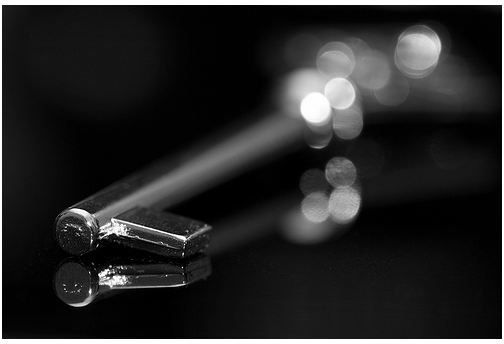Black and White Photography Techniques: Learning How to Capture The Best B&W Photos
Introduction
In a world full of color, black and white is less and less used. When used correctly, it can leave a powerful lasting impact on your viewers. Black and white adds contrast, depth, and emotion to your photos. It calls attention to your work by allowing purely light and not color, to emphasize your subject.
Camera Settings
This may seem counterproductive, but do not set your camera to its black and white mode. This really limits your ability to post-process your images. Instead, you want to be shooting RAW (instead of JPEG) and in full color to get the most detail and color information from your scene. Why color information? Because shooting in color and doing the black and white conversion on your computer allows you to tweak the tones of color in your images by adding filters and/or better balancing your colors. In your favorite post-processing program, try altering the saturation, hue, color temperature, or color filters and see what kind of an effect it has on your black and white photos. You may be very surprised on how many different ways a black and white photo can turn out!
Another black and white photography technique is to shoot with a low ISO. This is a good rule of thumb for photography in general in that you should shoot with the lowest possible ISO to capture the most dynamic range, detail, and minimize grain. Grain added to black and white photos can actually give it a classic look, which you may want, but there’s a difference between good grain and ugly digital, pixilated noise that can distract from your image instead of adding detail.
When to Use Black and White?
Often people ask when should they shoot for black and white? Since your camera should always be shooting in color and RAW, you can always convert any picture to black and white. But there are times when you go out to shoot seeking the best scenes with black and white in mind. Black and white is best used for low-contrast situations. Since you cannot use color to separate your subject, black and white adds sharp contrast to your subject (for example black on white or white on black in an image). These low-contrast scenes usually present themselves on an overcast, cloudy day or during the night. Read Black & White Photography at Night for more tips on this technique.
What to Look For
When specifically shooting black and white, look for capturing contrast, textures, and patterns. It may take a while to adjust your eye to seeing in black and white, but with enough practice you will learn what to look for. Some shots just lend themselves beautifully to black and white to strike an emotional chord with your audience. Some of the most famous photographs in history are in black and white and that is one of the reasons they are so memorable. To get more ideas of what to shoot, take a look at other black and white photos and see what you like about them and try to replicate that in your own work.
